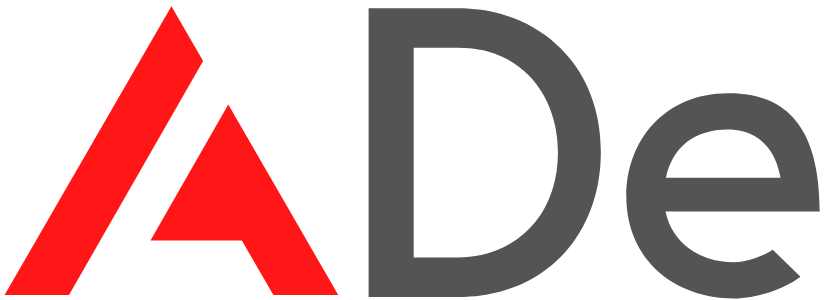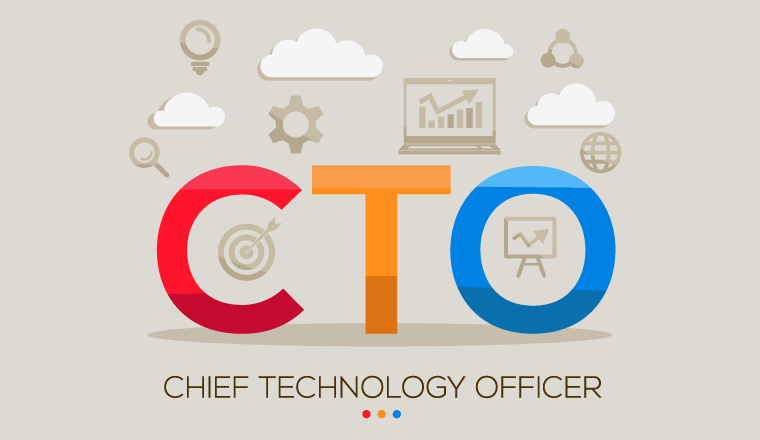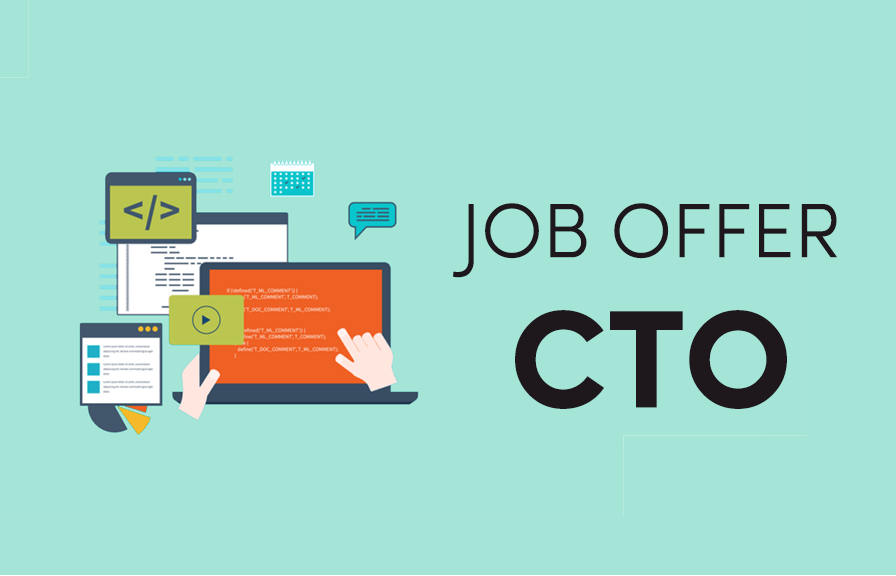The CTO is the person in charge of making the essential technological decisions. They play an important part in the success of your project since they decide on the tech stack utilized for the future product (appropriate frameworks and technologies), design the app infrastructure, and oversee the MVP development process.
Generally, a good CTO is a professional developer with programming skills sufficient to construct and deploy an MVP. You won’t need to recruit any more engineers if you learn how to hire a CTO for a startup. A CTO is a leader in technology development. They help the company define the direction of technology, identify technology trends, set appropriate strategic goals, and facilitate the development of technology solutions. They are often the chief technical officer and lead the design of new products, but they may also serve as CTO of a startup if it is a software-only company or the CTO of a hardware and software company jointly.
As your startup grows, your CTO will become more critical. He or she is needed to develop and lead the development of the company’s critical path, plan and direct the technical strategy, and lead the design and development of the initial product. With company growth, CTO roles & responsibilities startups will increase for the long-term strategy and direction of the company. Their responsibilities are often defined in terms of serving the company’s other executives and leadership team. This can be challenging as CTOs are expected to lead the development of technology solutions and be the experts in their field. However, this is only one of the areas that CTOs take on as their role evolves. Thus, below are some of the responsibilities of a good CTO.

Technology innovation–
A primary focus of any technology company is to continually identify and develop new ways to transform our society through the application of emerging technologies. Technology innovation at the speed of thought is the primary focus of a good CTO. Technology innovation involves the development of new technologies and products (i.e., hardware, software, or services that have not yet been invented). Most CTOs today develop new technologies and products on their own, without the support of other engineers. The CTO then presents the technology to the rest of the team to review and refine. Moreover, an innovative CTO is a leader in the development of new technologies and the application of these technologies to new markets.
Business transformation–
It is the process by which a company transforms its business model and processes to achieve a competitive advantage. It is one of the primary methods of achieving operational excellence and is often the first to be applied in the early stages of a technology-driven business transformation. Companies transform the way they do business to adapt to the needs of the constantly changing business environment. Moreover, they transform the way their employees work to keep their employees satisfied and engaged.
Managing the startup culture–
A startup culture is a set of values, expectations, and practices that permeate the entire organization and help ensure its long-term success. The culture directly impacts company culture, leadership, and employee satisfaction. Startup culture is the set of principles that guide the decision-making process and serve as the company guidelines, helping the company define its culture to ensure it is consistent across the organization. Attempting to build a startup culture is a critical step in the startup process, and there is value in carefully laying the groundwork for a strong startup culture as early as possible.
Leadership and management–
One of the primary responsibilities when you hire a CTO is to check whether he/she leads and manages the technical leadership of the company. This involves developing and executing the company’s technical strategy, which is the plan for how the company will develop and use technology to achieve its goals. The technical strategy is developed by the CTO and the leadership team and is presented to the rest of the team for review and feedback. The leadership team then works together to define and implement the company’s technical direction.
Optimization of IT infrastructure–
An IT optimization plan is a financial roadmap that sets out an investment plan for modernizing, optimizing, and improving an organization’s information systems and processes, so it can better serve its customers while increasing profit. Whether your operations center is state-of-the-art or in need of an upgrade, it can be costly and complex without the right planning and execution.
The CTO is the face of the company, the leader who sets the culture and direction, and the person who ensures the company’s success. The goal of the CTO is to build a startup that is agile and adaptable to change, so it can be successful in the long run. For building a culture of innovation, the CTOs responsibilities must be met, so the company can continue to lead the marketplace in the development of new technologies and the application of these technologies to new markets.


